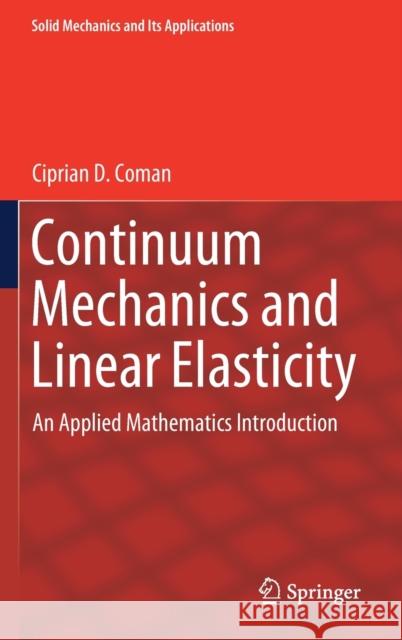Continuum Mechanics and Linear Elasticity: An Applied Mathematics Introduction » książka
topmenu
Continuum Mechanics and Linear Elasticity: An Applied Mathematics Introduction
ISBN-13: 9789402417692 / Angielski / Twarda / 2019 / 519 str.
Kategorie:
Kategorie BISAC:
Wydawca:
Springer
Seria wydawnicza:
Język:
Angielski
ISBN-13:
9789402417692
Rok wydania:
2019
Wydanie:
2020
Numer serii:
000074400
Ilość stron:
519
Waga:
0.91 kg
Wymiary:
23.39 x 15.6 x 3.02
Oprawa:
Twarda
Wolumenów:
01
Dodatkowe informacje:
Wydanie ilustrowane











